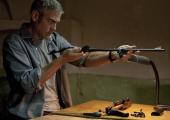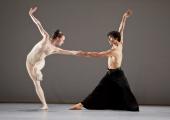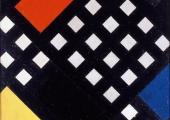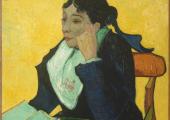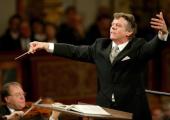Antonioni Project, Barbican Theatre
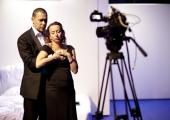
Toneelgroep wrestle classic Sixties arthouse films onto the stage
Back in the early 1960s, anyone with half a curious cultural brain in their heads would take themselves off to small fleapit cinemas like The Academy or the Classic in Oxford Street (now defunct). There you could catch the latest European art film. And at one of these I remember seeing Italian director Antonioni’s La Notte with Jeanne Moreau and Marcello Mastroianni. Such was its impact that neither I nor the flat mates I was with were able to utter a word until we reached home.

